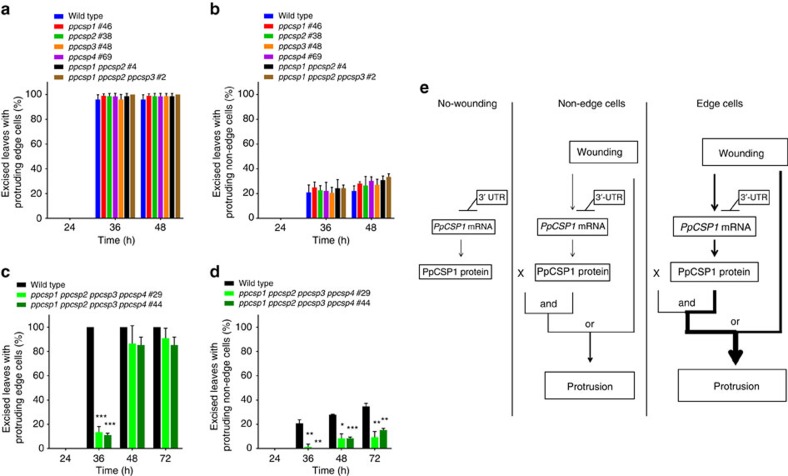Figure 5. Inhibition of reprogramming in quadruple deletion mutants.
(a,b) Percentage of excised leaves with protruding edge cells (a) and protruding non-edge cells (b) in wild type, ppcsp1 #46, ppcsp2 #38, ppcsp3 #48, ppcsp4 #69, ppcsp1 ppcsp2 #4 and ppcsp1 ppcsp2 ppcsp3 #2. Twenty leaves were excised from each line. Error bars represent s.d. of biological triplicates. (c,d) Percentage of excised leaves of wild-type and ppcsp1 ppcsp2 ppcsp3 ppcsp4 (#29 and #44) with tip growth from edge (c) and non-edge cells (d), respectively. Twenty leaves were excised from each line. Error bars represent s.d. of biological triplicates. *P<0.05, **P<0.01 and ***P<0.001 by two-sided Welch's t-test. (e) Hypothetical model of the function of PpCSP1 in the reprogramming. The 3′-UTR represses PpCSP1 expression in both edge and non-edge cells. Signals from wounding are capable of overriding the repression and of effectively increasing PpCSP1 expression, resulting in activation of the reprogramming process.

